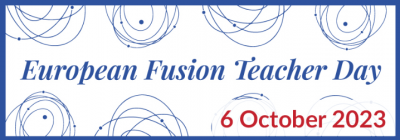
The ITER Business Forum 2025 (IBF) was held during 23rd–25th April in the sunny city of Marseille, France. This Forum is designed to attract the global industry involved in the realization of fusion energy, from the supply chain to companies and startups. This is a great opportunity to connect and explore new collaborations in the industry ecosystem.
The Barcelona Supercomputing Center participated with representatives of the Fusion Group: Mervi Mantsinen, Federico Cipolletta, and Dani Gallart. Moreover, BSC members Andrés José Román from the Innovation and Business Development department, and Mario Ejarque and Sara Ibáñez from the Communications department, also participated, providing support in several relevant aspects. Special mention to María Paz Baghetti, our Dissemination Officer, who coordinated the preparations of our participation to the event.





